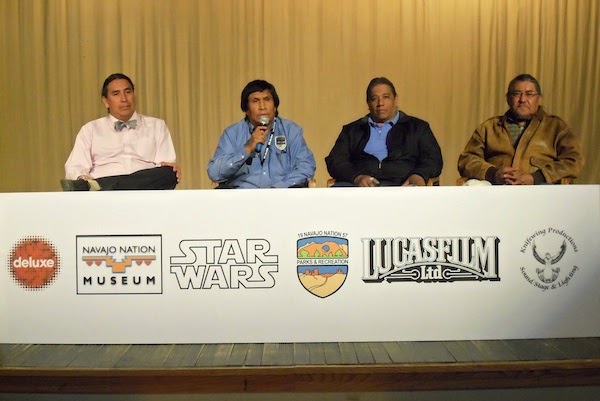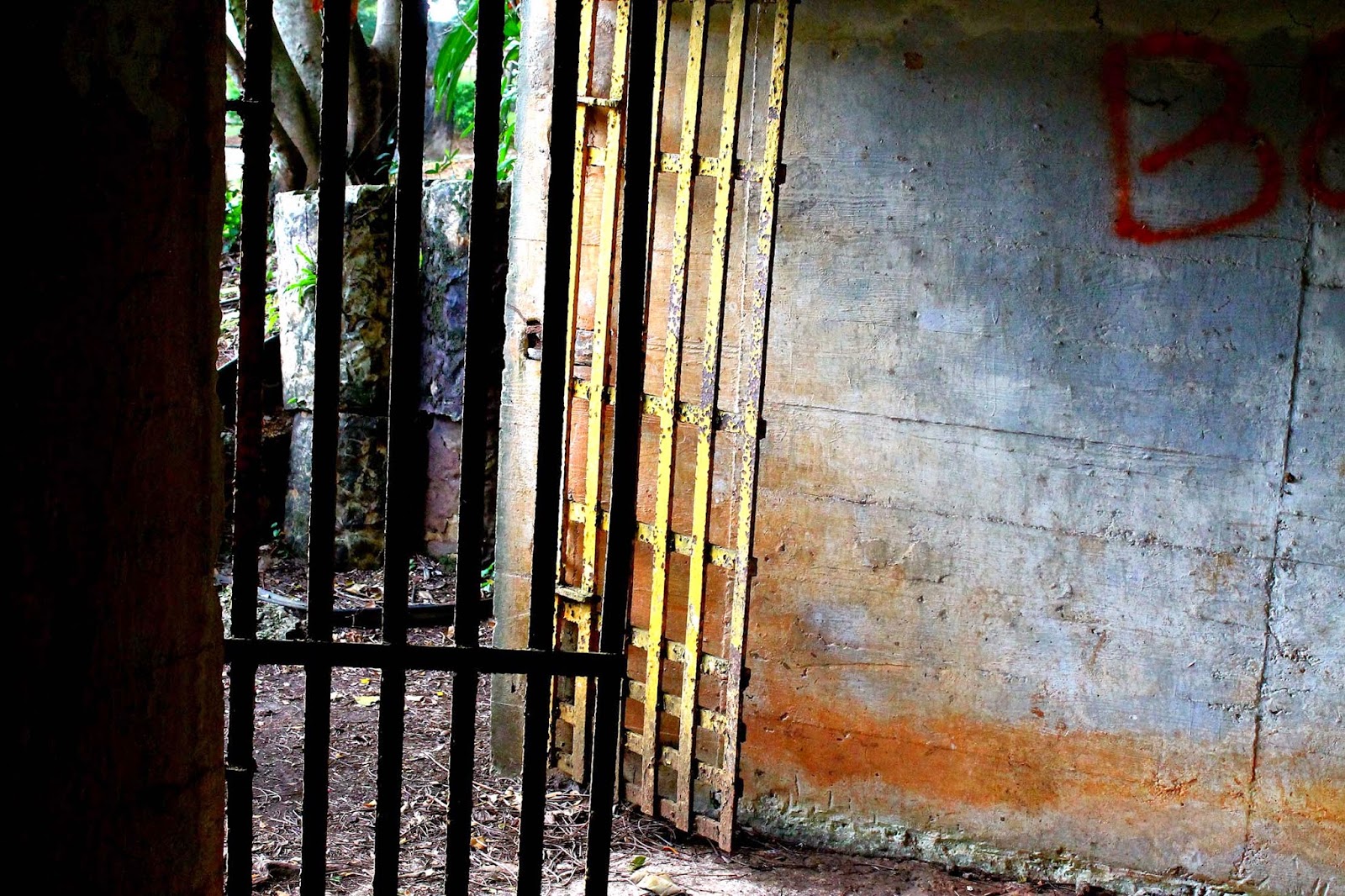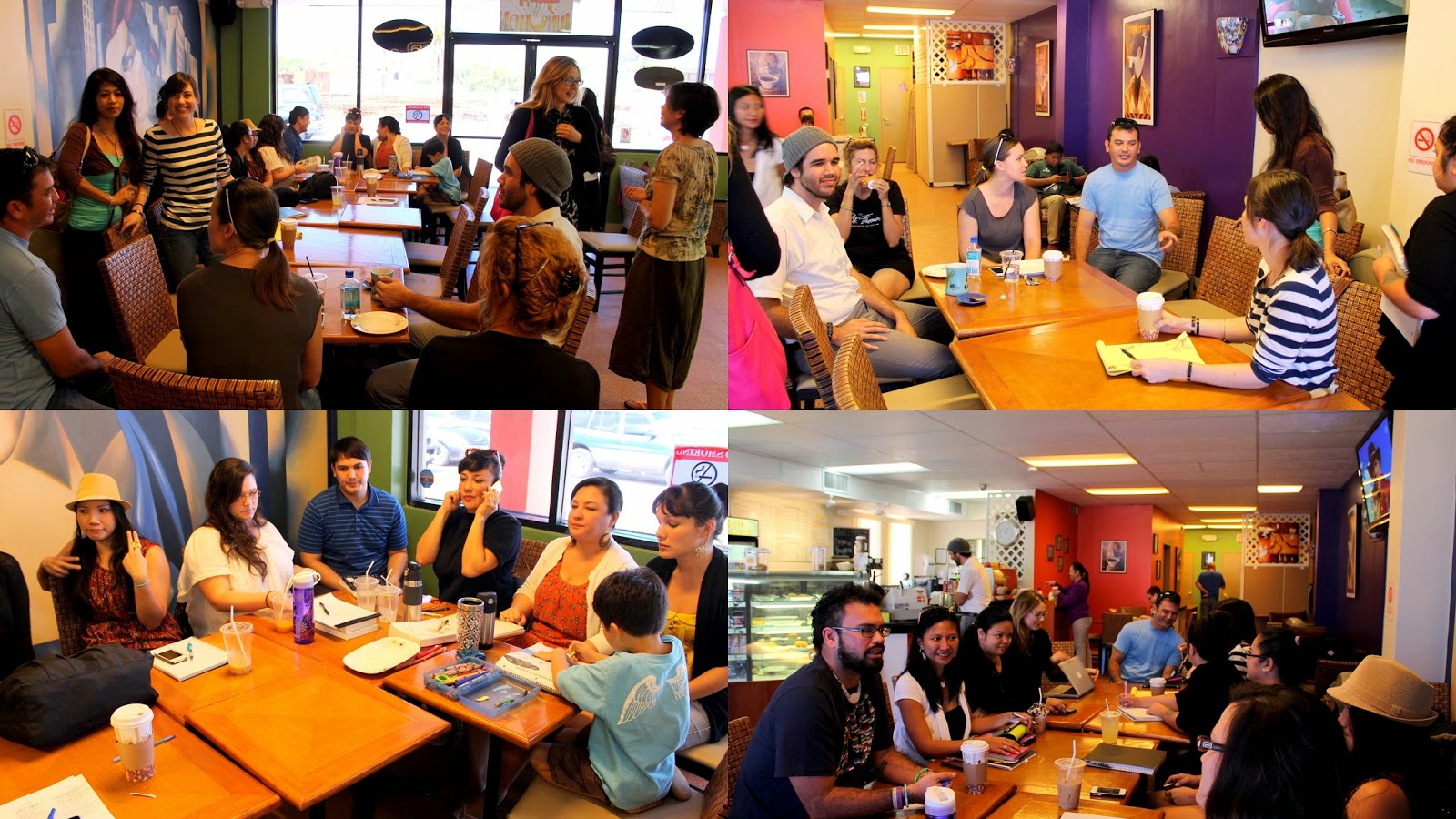Adventures in Chamorro #4
On Facebook I have a regular informal series titled "Adventures in Chamorro." It ranges from stories of speaking Chamorro with my kids, protests, decolonization activism and also teaching Chamorro at UOG. I have not been on a hike in quite a while and so here are two stories dealing with hiking and my students at UOG. ********************* Adventures in Chamorro #234: For my Chamorro language classes I often have them write up some simple love poetry. I normally begin those assignments by talking about most elderly Chamorros refer to as traditional Chamorro courtship rituals. As Spanish Catholic influence made it very difficult for young unmarried men and women to interact with each other romantically, so much of the courtship happened in secret or through intermediaries known as "chule'guagua'" or "basket carr iers." It was a time of early-morning meetings down by the riverbank, sneaking away to the blindspots behind churches or nig



